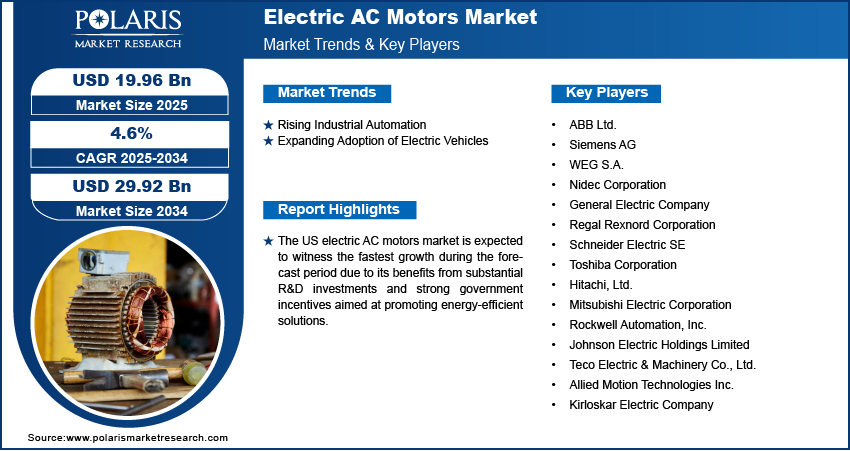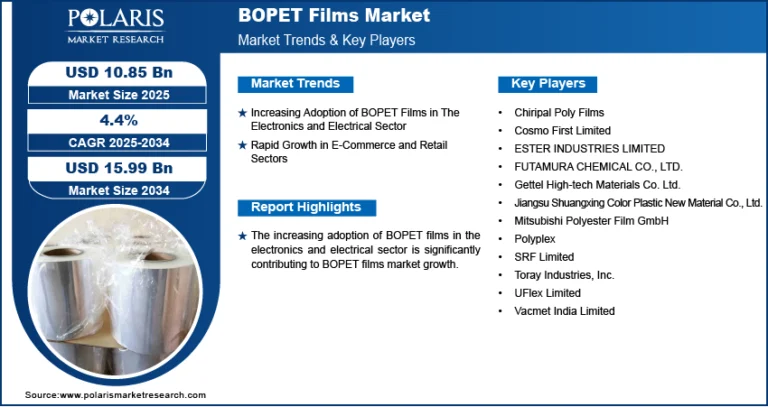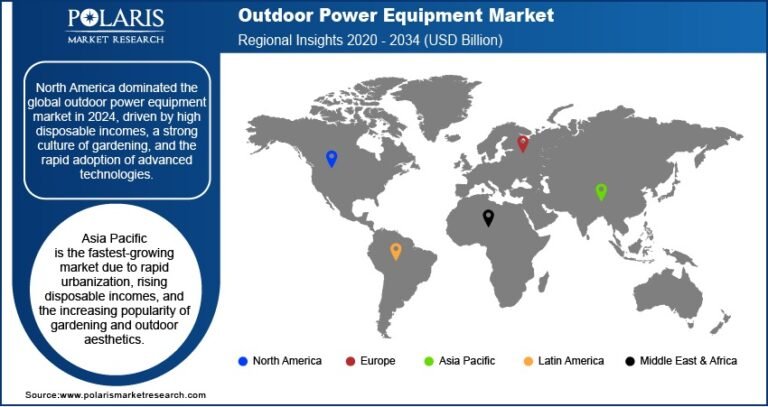Electric AC Motors Market Size Worth $ 29.92 Billion by 2034 | CAGR: 4.6%

Market Overview
Electric AC (alternating current) motors are vital components in a wide range of industrial and commercial applications, from manufacturing and HVAC systems to electric vehicles and household appliances. These motors are widely preferred for their durability, efficiency, and low maintenance needs. With the global push toward electrification and automation, the demand for AC motors is growing steadily across multiple end-use sectors, including automotive, energy, construction, and consumer electronics.
Electric AC Motors Market Trends & Insights
-
Surge in Automation & Industry 4.0: Industrial automation and smart manufacturing are significantly boosting the adoption of energy-efficient AC motors, particularly in robotics, conveyor systems, and machine tools.
-
Rise of Energy-Efficient Motors: Compliance with global energy-efficiency standards (like IE3, IE4, and IE5 classifications) is driving manufacturers to invest in advanced AC motors with improved performance and lower energy consumption.
-
Integration with IoT & Smart Technologies: The adoption of sensor-integrated, IoT-enabled AC motors is enhancing predictive maintenance, minimizing downtime, and optimizing energy usage.
-
Expansion of Electric Vehicles (EVs): AC motors, particularly synchronous and induction types, are being widely adopted in electric and hybrid vehicles, contributing significantly to market expansion.
-
Growth of Renewable Energy Projects: AC motors are being increasingly deployed in solar and wind power systems, particularly in tracking mechanisms and energy conversion components.
Market Size & Forecast
Market size value in 2025 USD –19.96 Billion
Revenue forecast in 2034 USD – 19.96 Billion
CAGR – 4.6% from 2025 – 2034
Request for Free Sample: https://www.polarismarketresearch.com/industry-analysis/electric-ac-motors-market/request-for-sample
Key Market Growth Drivers
-
Increasing Demand for HVAC and Consumer Appliances: The rising need for cooling and heating systems in commercial and residential buildings is driving the demand for AC motors in HVAC applications.
-
Electrification of Industrial Equipment: Manufacturing units are replacing traditional mechanical systems with electric drives, increasing the uptake of AC motors.
-
Government Regulations on Energy Efficiency: Stricter global regulations aimed at reducing carbon emissions are encouraging industries to shift toward high-efficiency electric motors.
-
Urbanization and Infrastructure Growth: Expansion in infrastructure and smart cities across Asia-Pacific, the Middle East, and Latin America are accelerating motor installations across construction and utilities.
Market Challenges
-
Volatile Raw Material Prices: Price fluctuations of essential materials like copper and rare-earth elements used in motor windings and magnets can affect production costs and profitability.
-
High Initial Costs for Advanced Motors: Although energy-efficient AC motors offer long-term savings, their higher upfront cost can be a barrier for small and medium-sized enterprises (SMEs).
-
Complex Integration with Legacy Systems: Retrofitting advanced motors into outdated infrastructure can pose technical and compatibility challenges.
-
Supply Chain Disruptions: Geopolitical tensions, trade restrictions, and logistical disruptions can hinder the availability of components and delay project timelines.


![Resilient Flooring Market Analysis: Opportunities, Innovations, and Growth Potential Through [2025-2034]](https://beeswire.com/wp-content/uploads/2025/07/polaris-73-768x768.png)



